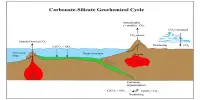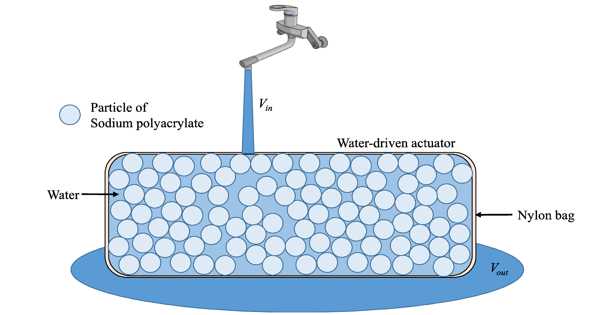A study conducted by Dr. Wang Huan (Sichuan Normal University) and Professor Zuo Zhiyan (Fudan University) was recently published in the journal Science China Earth Sciences.
This study provides a thorough overview of the past, present, and future evolution characteristics of the Atlantic Meridional Overturning Circulation (AMOC), as well as its impact on the surface air temperature (SAT) at regional and hemispheric scales. It is based on contemporary observations, historical proxy data, and climate model simulations.
The AMOC has been diminishing since the late 19th century, according to the reconstruction results based on the proxy data, and this deterioration continued throughout the 20th century with low confidence.
Direct measurements reveal a weakening of the AMOC from 2004 to 2016, however it is unable to distinguish between its long-term trend and decadal variability. According to climate models, AMOC will diminish in the future if greenhouse gas emissions keep rising, but there won’t be a catastrophic collapse before 2100.
The strong AMOC causes an increase in the hemispherical SAT for the thermodynamic effects of AMOC due to the increased surface heat flux release and meridional heat transport over the North Atlantic. At the millennial scale, climate cooling (warming) periods correspond to a weakened (strengthened) AMOC.
Through mutual feedback between Arctic sea ice and AMOC, the heightened MHT of a strong AMOC can effect Arctic warming and subsequently influence regional SAT anomalies and SAT extremes.
Dynamically, a large AMOC increases the variability of the circulation anomalies across the Ural and Siberian regions by modulating the Rossby wave trains that originate in the North Atlantic and spread across mid-to-high latitudes in the Northern Hemisphere.
The frequency of extreme cold and warm episodes in the mid- to high-latitude regions of Eurasia is ultimately greatly influenced by a robust AMOC. In addition, by its dynamic adjustment of planetary-scale circulation, AMOC can also affect local, regional, and global SAT anomalies. Decadal variation in AMOC is closely related to the Atlantic Multidecadal Oscillation (AMO).
The Northern Hemisphere experiences abnormal warming while AMO and AMOC are in their positive phases, whereas when they are in their negative phases, the opposite happens.
Due to freshwater forcing, the likelihood of AMOC collapse rises in future high emission scenarios. It offers a significant problem for future understanding and prediction of the AMOC and its climate implications as the majority of cutting-edge climate models understate the strength of the AMOC and its impact on the AMO and pertinent climate change.
















